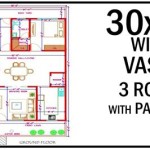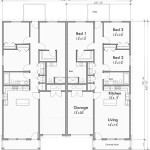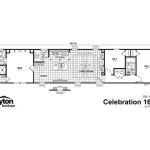Unveiling the Profound Essence of Organic Sacred Geometry House Plans
In the realm of architecture, where form and function intertwine, organic sacred geometry house plans stand as a testament to the profound connection between nature, the cosmos, and the human experience. These plans embody a holistic approach to design, drawing inspiration from ancient wisdom and the natural world to create spaces that resonate with balance, harmony, and well-being.
Embracing the Language of Nature
At the heart of organic sacred geometry is the belief that nature's patterns and rhythms hold the key to creating harmonious and sustainable environments. By incorporating these principles into house plans, architects strive to mimic the organic forms and proportions found in nature, from the spiraling of galaxies to the branching of trees.
Integrating the Cosmic Order
Sacred geometry goes beyond replicating natural forms. It also explores the underlying mathematical ratios and proportions that govern the universe. These ratios, known as the "Golden Mean" and "Fibonacci Sequence," are believed to create a sense of order, beauty, and balance in architecture, mirroring the harmony of the cosmos.
Key Principles of Organic Sacred Geometry House Plans
Several fundamental principles guide the design of organic sacred geometry house plans:
- Curved Lines: Smooth, flowing lines evoke natural forms, creating a sense of fluidity and movement.
- Natural Materials: Organic materials such as wood, stone, and glass are used to connect the home to nature, promoting a sense of well-being. li>Biophilic Design: These plans prioritize the integration of nature into the built environment, maximizing daylight, fresh air, and views of the natural world.
- Energy Efficiency: By harnessing natural light and ventilation, organic sacred geometry house plans reduce energy consumption and create a more sustainable living environment.
- Harmonious Living: The natural rhythms and proportions of organic sacred geometry create a sense of harmony and balance, promoting a peaceful and relaxing living environment.
- Improved Well-being: Studies have shown that exposure to natural patterns and biophilic design can reduce stress, improve sleep, and enhance overall well-being.
- Increased Sustainability: By incorporating energy-efficient features and minimizing environmental impact, organic sacred geometry house plans contribute to a sustainable lifestyle.
- Fallingwater House by Frank Lloyd Wright: This iconic masterpiece seamlessly integrates natural elements with geometric precision.
- The Nautilus House by Javier Senosiain: Inspired by the spiral shell of the nautilus, this house offers a unique and immersive experience of nature.
- The Crystal Chapel by John Ochsendorf: This chapel's graceful curves and natural light evoke a sense of spirituality and connection to the divine.
Benefits of Embracing Organic Sacred Geometry
Incorporating organic sacred geometry into house plans offers numerous benefits:
Examples of Organic Sacred Geometry House Plans
Many architects have embraced the principles of organic sacred geometry in their designs. Notable examples include:
Conclusion
Organic sacred geometry house plans offer a unique and transformative approach to architecture, creating spaces that resonate with harmony, well-being, and a deep connection to nature. By embracing the language of nature and integrating the cosmic order, these plans provide a profound experience of living in balance with the world around us.

Organic Sacred Geometry House Plans Earthship Home Architecture Design

Pin By Edward Lacourt On Arquitectura Sacred Geometry Architecture Geometric Floor

Sacred Geometry Architecture Based On

Sacred Geometry Architecture Based On

Circular Plan Round House Plans Dream Sacred Geometry

Circle House Design How To Plan

Pin De Tnpd En Residential Plans Arquitectura Sustentable Planos

Small House 4 Vula Vey Zemdesign Sk

Instances Of Sacred Geometry In Famous Buildings Around The World Rtf

Sacred Architecture How To Plan Round House Plans








